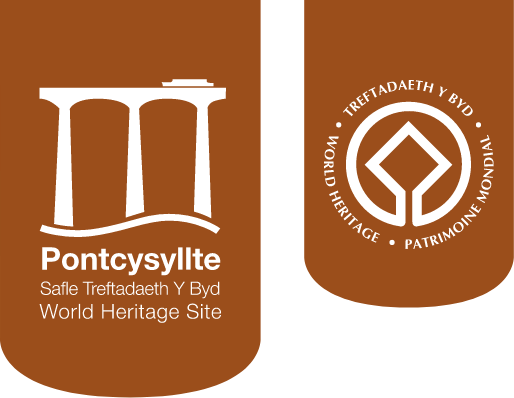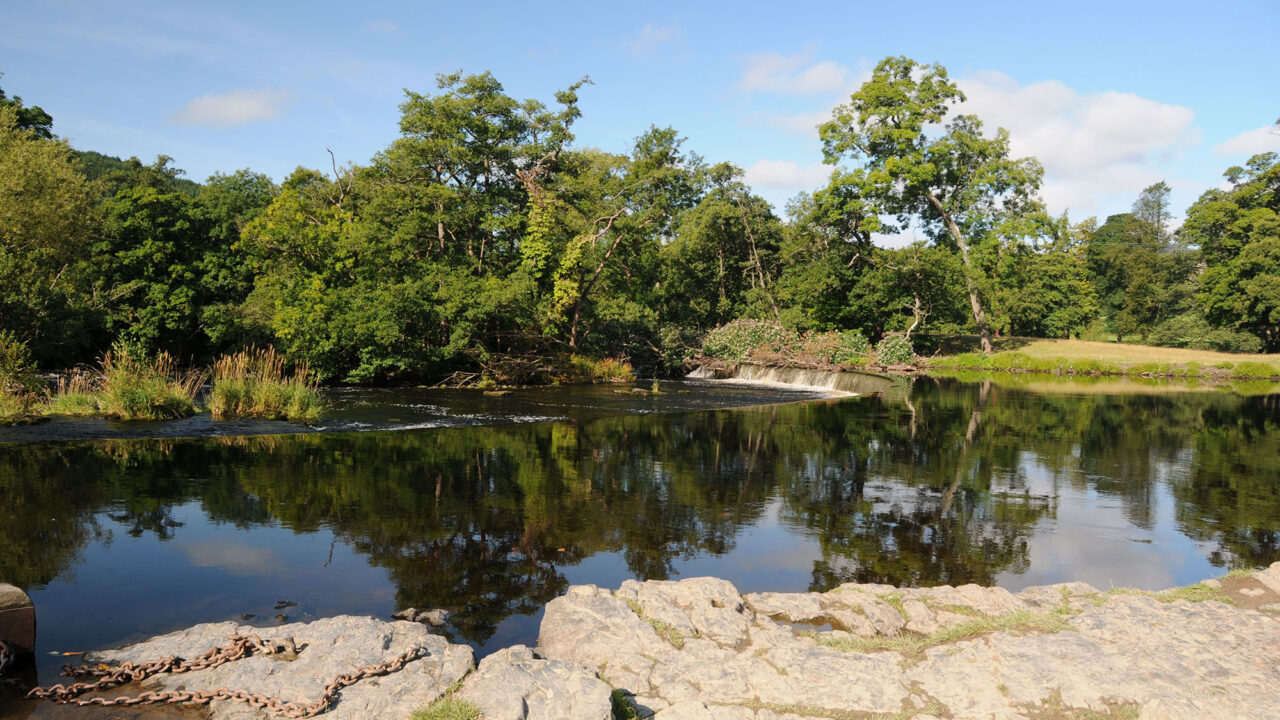Introduction
This was a popular beauty spot before the weir was constructed and early tourists agreed that this area was the most beautiful part of North Wales. Local landscape artist Edward Pugh described it as ‘great and fine, even passing description’ in his book published in 1816. Edward had painted ‘A fall on the Dee’ in 1794, over 10 years before Horseshoe Falls was constructed to draw a steady supply of water from the Dee.
Click on any Point of Interest marker to view the description
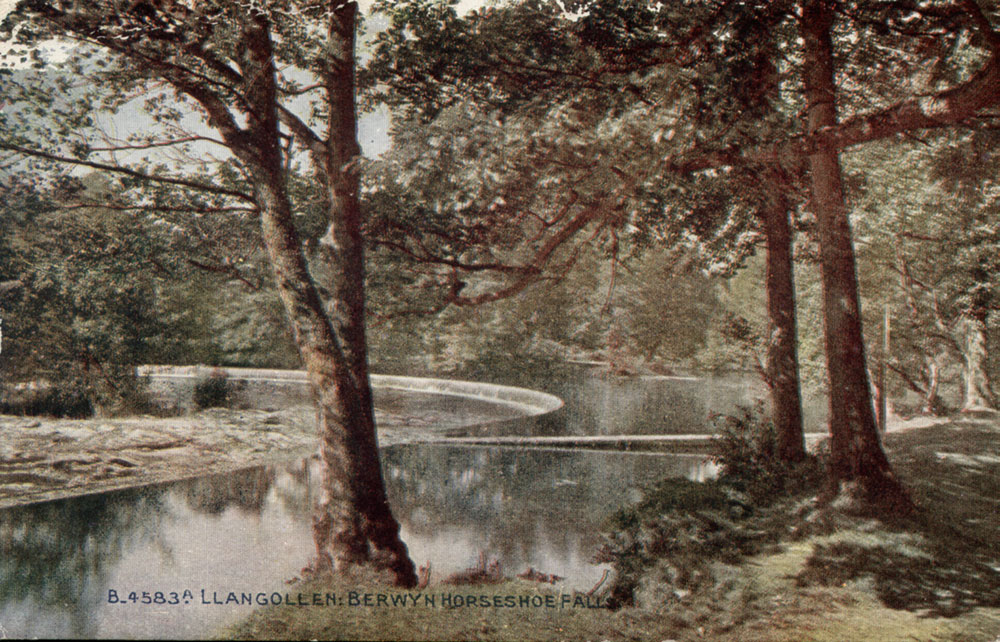
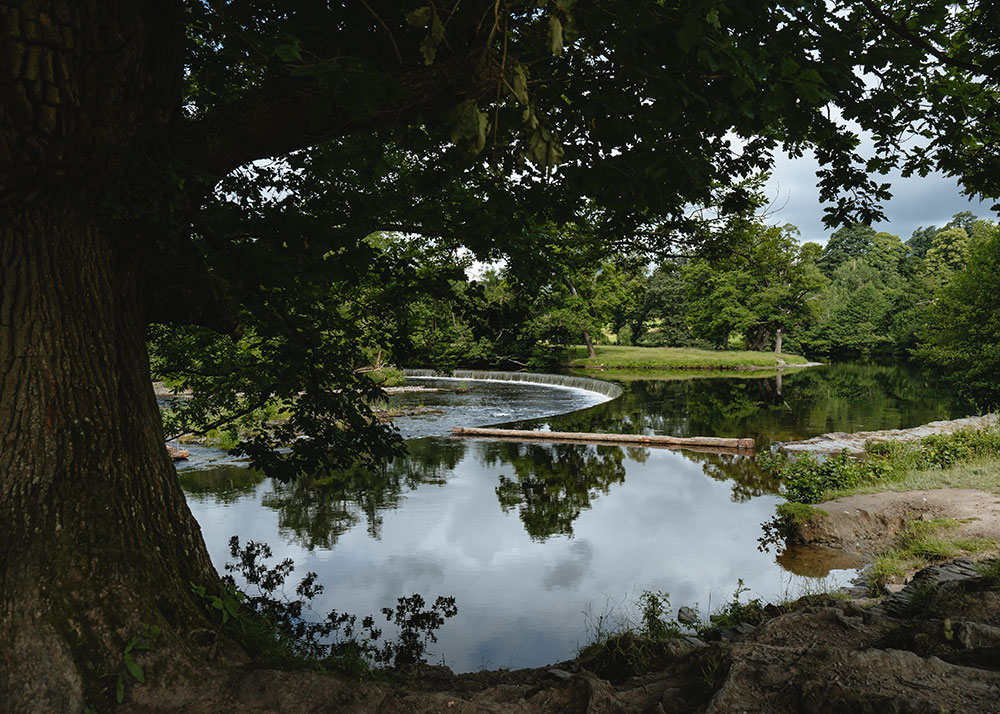
Horseshoe Falls
1. Horseshoe Falls
The name of Horseshoe Falls is misleading, as it is not horseshoe in shape and is really a weir, just over 1 metre high. It is actually J shaped as this helps spread the pressure of the water flow evenly across the 140m length. It was built of stone with the innovative use of cast iron edging added later in 1822 following a partial collapse of the weir during flooding in the winter of 1820/21.
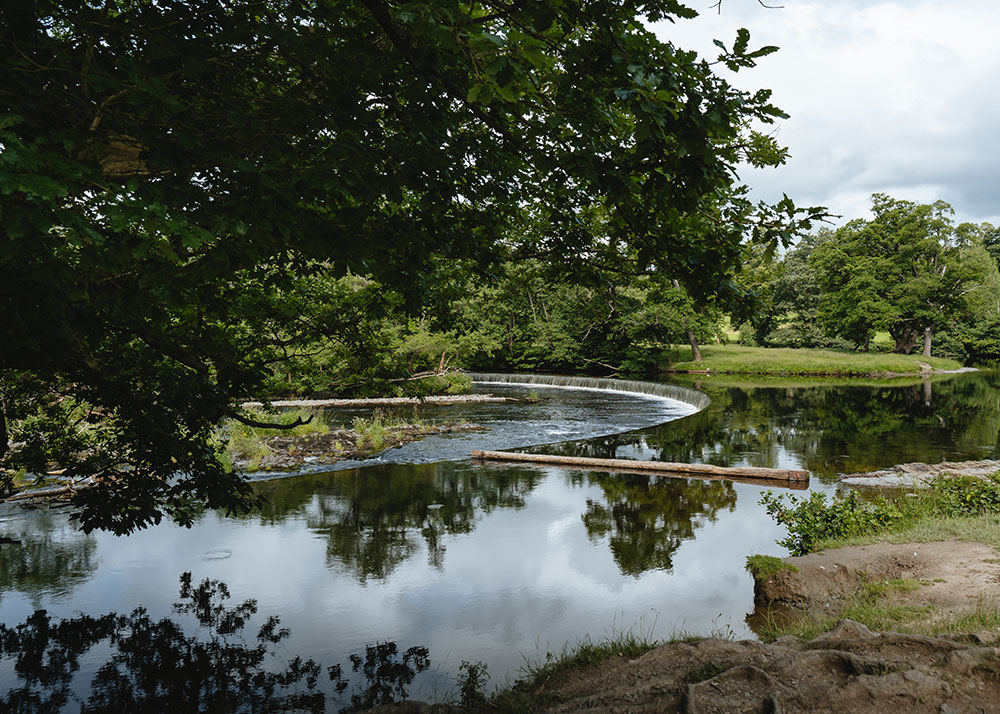
Horseshoe Falls
Listen to…
…the water gushing over the weir
Ladies of Llangollen – Poetry Picnic at Horseshoe Falls
Today over 11 million gallons of water are drawn from the river to supply water to the canal, which helps to supply drinking water to Hurleston Reservoir in Cheshire.
This was one of the reasons that when commercial transport along canals ceased in the mid 1900s, this canal was kept open whereas others fell into disrepair.
A footbridge crosses by the intake gate that takes water from the river into a channel. Originally wooden planks would have been inserted to raise or lower the level of water being taken from the river. The gauge house was built in 1947 to control the supply of water.
There is cautionary story about the need to take care in this area. In 1873 Elizabeth Thomas and her husband were returning from Llangollen to their home in Llantysilio. They stopped at the nearby Chain Bridge Inn and then walked along to the footbridge over the entrance to the canal feeder at the Horseshoe Falls which did not then have a hand rail. She thought she was stepping onto the bridge but fell into the water – but her husband was in no state to rescue her!
As early as 1810, as a result of complaints from ‘gentlemen who reside near the banks of the river Dee’ a grating had been installed to try to prevent salmon fry from passing onto the canal at Horseshoe Falls. Following the Salmon Fisheries Act 1861, this was replaced by one which was intended to be compliant with the Act. In 1874 some of the grating’s bars were removed because the accumulation of weeds was impeding water entering the canal feeder. The Dee Fisheries Board pressed for their immediate restoration, but the canal company did nothing until it was actually prosecuted.
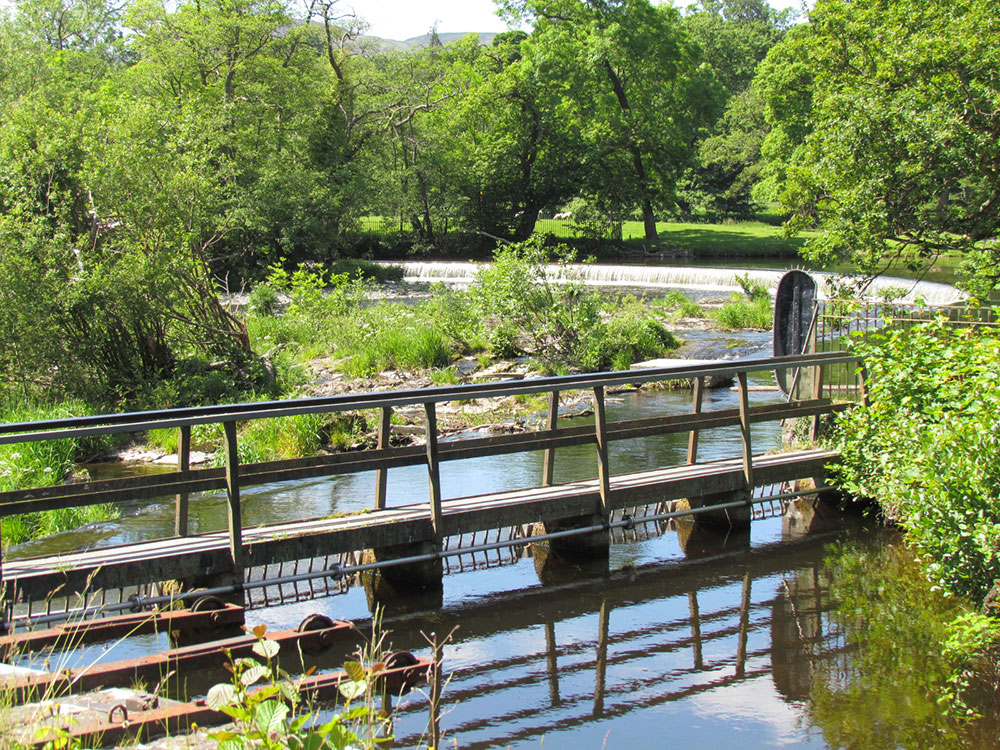
© Heather Williams
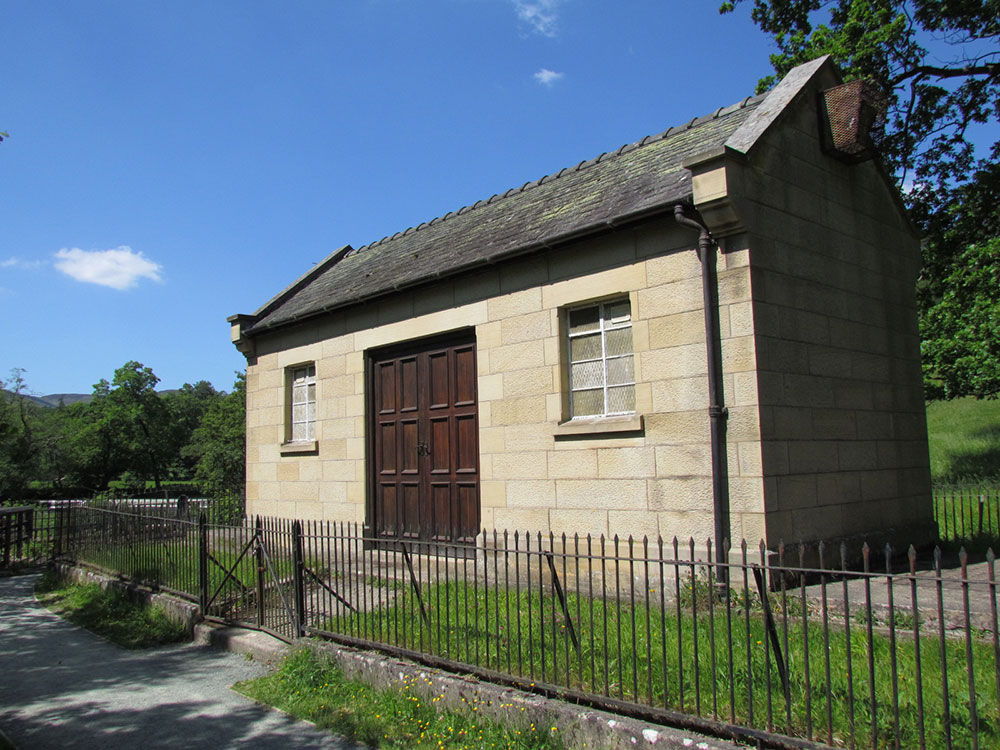
Meter House © Heather Williams
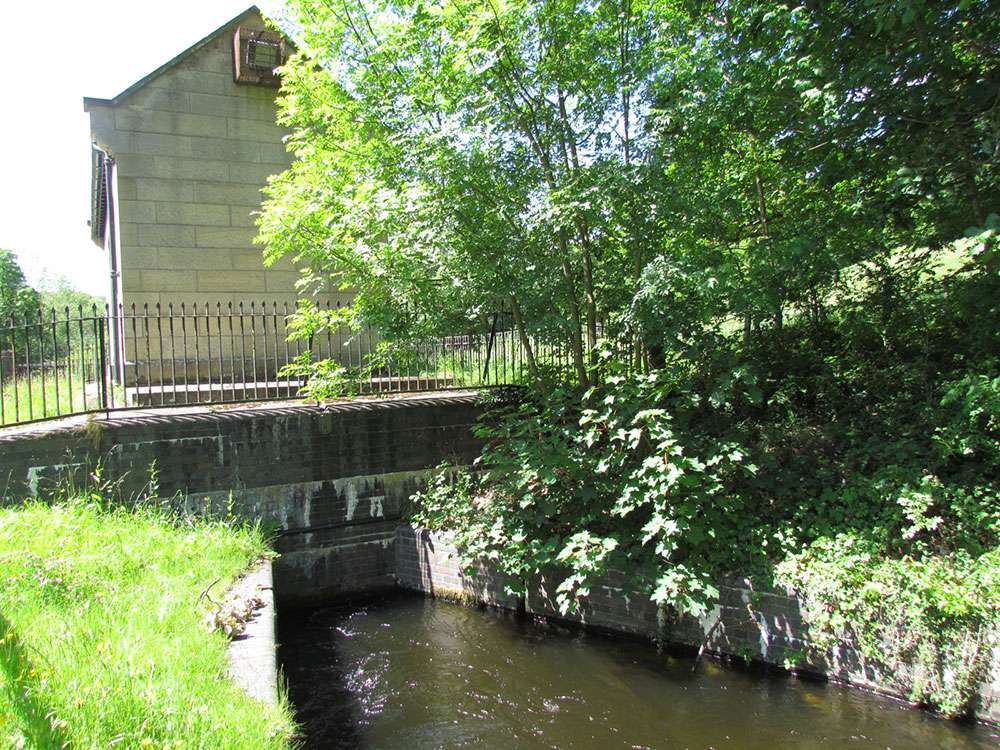
The start of the canal © Heather Williams
2. St Tysilio’s Church
St Tysilio’s Church sits above Horseshoe Falls. The original church may date back to 1180 however much of the current building was constructed in the 1400s. It is one of several churches in Wales named after Tysilio, a 7th century saint who came from Powys.
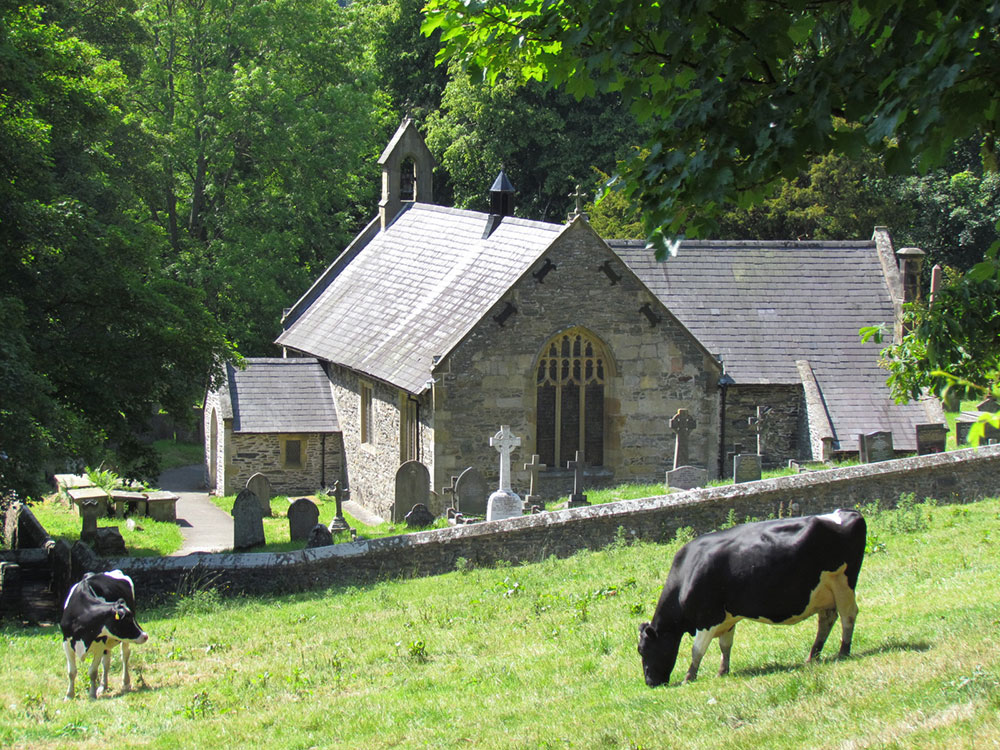
© Heather Williams
The tranquil churchyard is full of fascinating gravestones, surrounded by a succession of bulbs and wildflowers. In February the churchyard is decked with a carpet of stunning snowdrops which are later replaced by daffodils and primroses.
The tombstone of Exuperius Pickering, a local entrepreneur and the son of the man who built the original Chain Bridge, is tucked under the ancient yew trees by the lych-gate. The gravestone has the inscription ‘In remembrance of Exuperious Pickering of Dee Cottage, Ruabon, who died March 27th 1835’. The monument engraver had problems spelling the entrepreneur’s unusual first name correctly! Pickering had also written additional wording for his gravestone, basically saying what a good man he was!
German born Charles Beyer was buried here in 1876 having spent the last years of his life at the nearby Llantysilio Hall. In 1847 he was a founding member of the Institute of Mechanical Engineers. However he is best known for co-founding a steam locomotive factory with Richard Peacock in Manchester in 1853. Beyer-Peacock became one of the most famous locomotive building companies, exporting engines that were extensively used in South Africa, East Africa and Australia.
Inside the church has a beautiful oak ceiling and rare oak eagle lectern dating to the late medieval period. Two stained glass figures in a window show evidence of the primitive way of assembling coloured glass from this period. One of the figures is St James of Compostella, the patron saint of pilgrims. There is also a wonderful Pre-Raphaelite window, which is a memorial to the writer Sir Theodore Martin who lived in the nearby house, Bryntysilio. His wife, Lady Helena Martin, is shown gracefully holding a book on a white marble monument, for which she modelled years before her death.
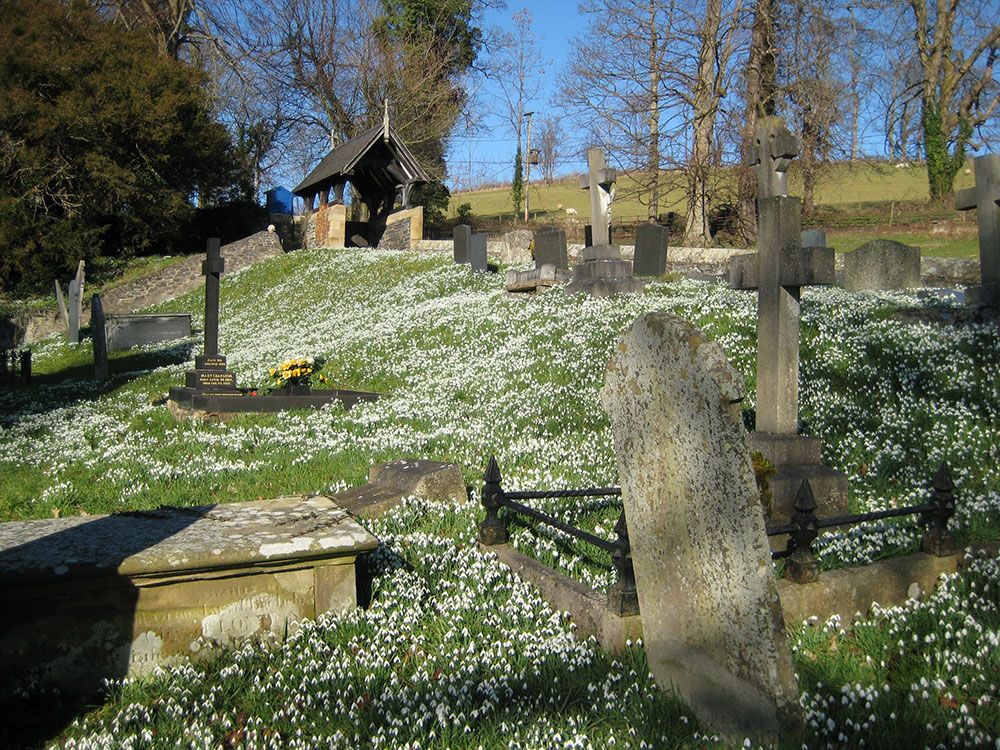
© Heather Williams
3. Bryntysilio
The beautiful house, Bryntysilio, sits on the hillside with a spectacular view of the Horseshoe Falls. The house was originally a small cottage called Braich y Gwynt. Sir Theodore Martin and his wife bought the cottage in 1865 and greatly extended it into a fine example of an Italianite style Victorian house, which was popular in that period.
Sir Theodore Martin was a Scottish poet, but probably best known for his book The Life of the Prince Consort, which Queen Victoria asked him to write about her husband Prince Albert. The five volume, 3,000 page biography was so successful it gained him the Queen’s lifelong friendship, and she visited Bryntysilio for tea during her five day visit to North Wales in 1889.
Theodore’s wife, Helena Faucit, was a famous actress who was particularly known for her performances in many Shakespeare plays during the 1830s and 1840s. During her marriage she would occasionally act for charity, one of her last appearances being Beatrice in Much ado about Nothing at Stratford upon Avon in 1879. She died at Bryntysilio at the age of 82 in 1898. The local newspaper gave a full report of how people lined the route of the cortege procession to Llangollen Station, where the coffin was then conveyed by train for eventual burial at London’s Brompton Cemetery.
In 1886 their friend, the poet Robert Browning and his sister stayed at the Hand Hotel in Llangollen for 10 weeks in easy reach of his friends at Bryntysilio. Every Sunday afternoon they would drink tea, weather permitting, on the lawns of the house which was laid out as a formal terraced garden with shrubberies with typical 1800s planting of laurels and rhododendrons. Not a regular churchgoer, he did attend St Tysilio’s Sunday afternoon services, and there is a memorial plaque to these visits in the church.
Today Bryntysilio is an outdoor education centre.
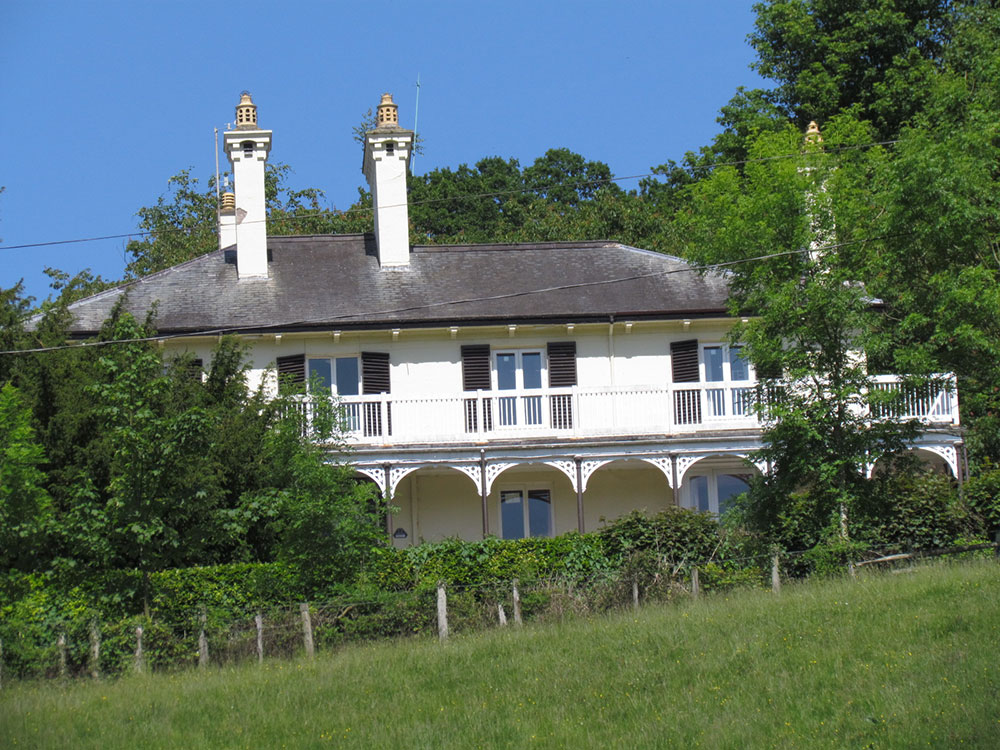
Bryntysilio © Heather Williams
4. Chain Bridge
A remarkable story of enterprise and invention lies behind this innovative chain bridge.
Entrepreneur Exuperius Pickering, who owned coalmines in the Ruabon area, saw the opportunity to avoid the tolls in Llangollen by building a bridge across the River Dee at Berwyn. Coal and other goods such as lime and iron were unloaded from boats on the Llangollen canal, transported over the bridge and then taken along the A5 to supply the growing lucrative markets.
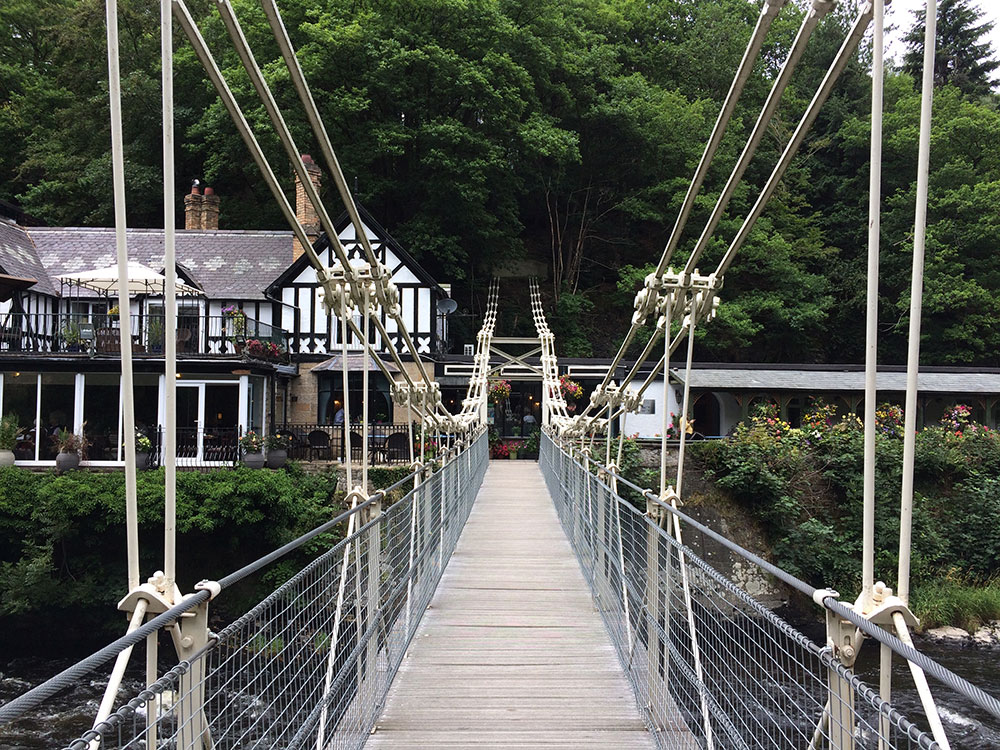
Chain Bridge © Jo Danson
The original bridge, built in 1817, was supported by six oak pillars and strengthened by twelve underslung chains of wrought iron. The design may have influenced projects which Telford was working on, in particular Conwy and Menai suspension bridges which he completed just nine years later. Details of the original bridge were recorded by Joseph Dutens in 1819.
Canals fell into decline as railways boomed in the 1860s and the first bridge became dilapidated. However in 1876, Henry Robertson, the railway engineer and wealthy owner of Brymbo Iron Works, decided to build another bridge but a footbridge this time. Robertson kept the original chains but replaced the oak pillars with iron piers.
This second bridge lasted until 1928 when it was washed away by severe flooding. A year later Henry’s son rebuilt it as a conventional suspension footbridge, re-using the original chains. Six chains were suspended to support the deck from above, with a further two beneath the deck. In order to demonstrate the strength of the new bridge, 45 employees stood on it during the official opening! The new bridge was a great improvement in terms of its strength and being less affected by floods. It lasted for over 50 years until it was deemed to be unsafe in 1984.
After over 20 years of neglect, Llangollen Town and Llantysilio Community Councils bought the historic bridge for £1 and worked to raise funds for restoration. The bridge reopened in 2015 with many of the original links still in use. This makes the chain links the oldest working parts of a suspension bridge in the world and so a bridge of global importance.
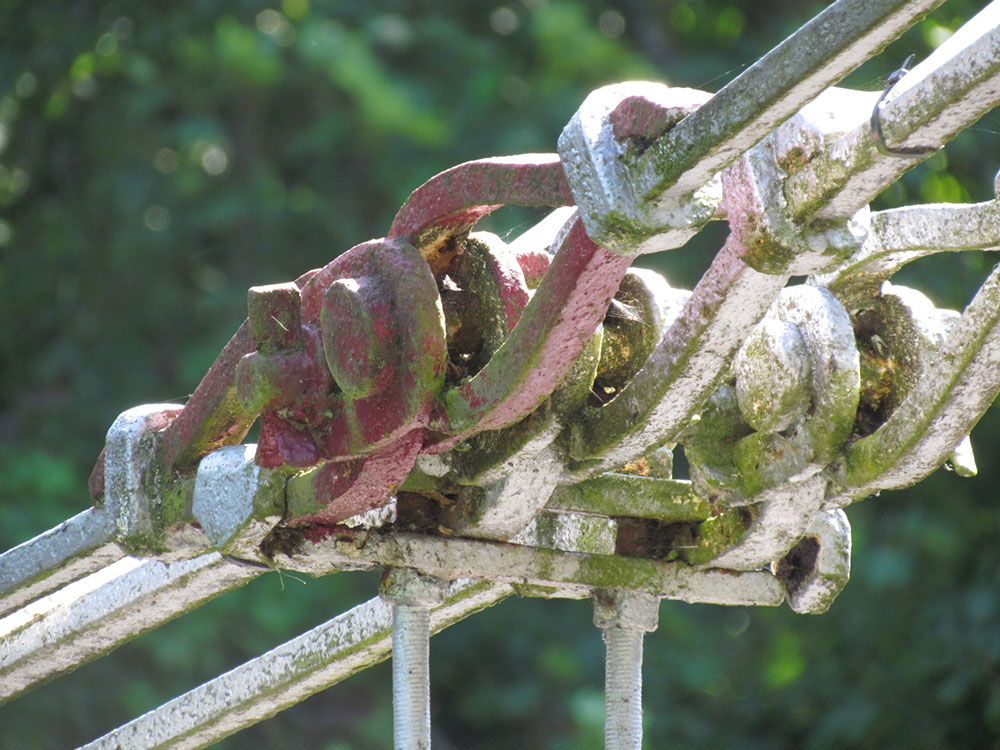
Chain link detail © Heather Williams
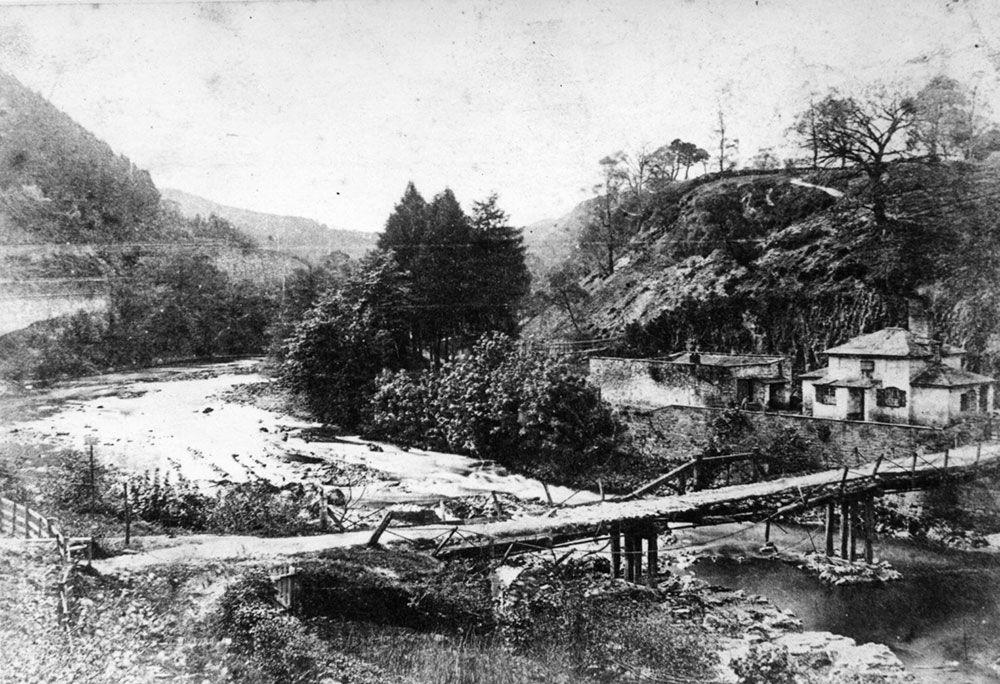
© Llangollen Museum
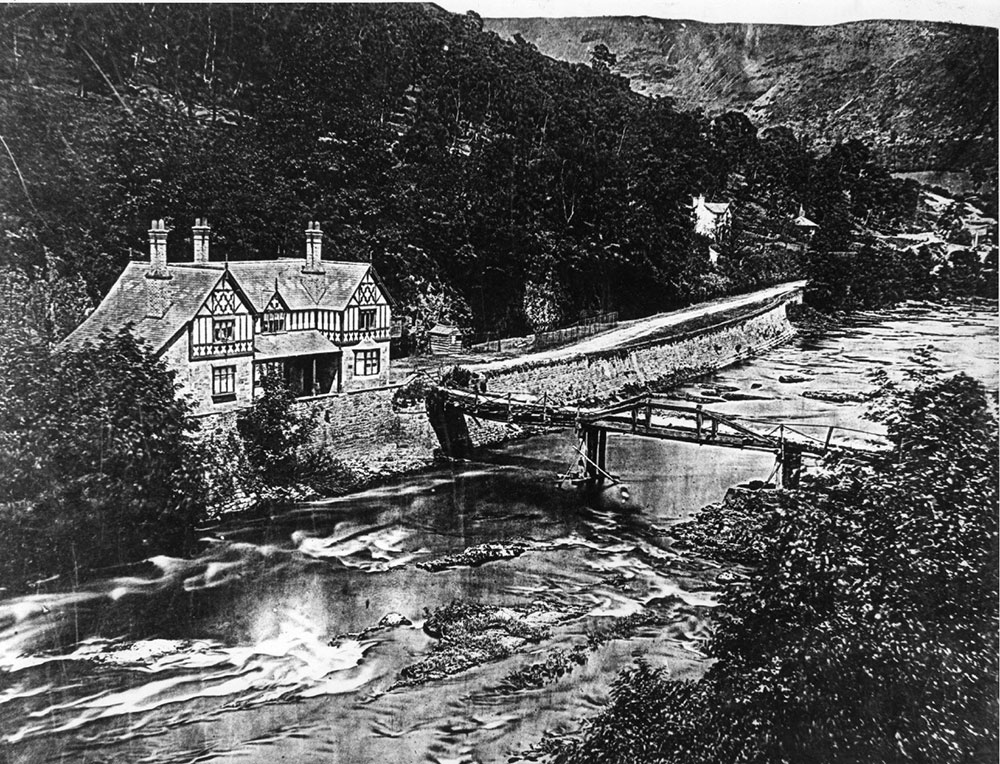
© Llangollen Museum
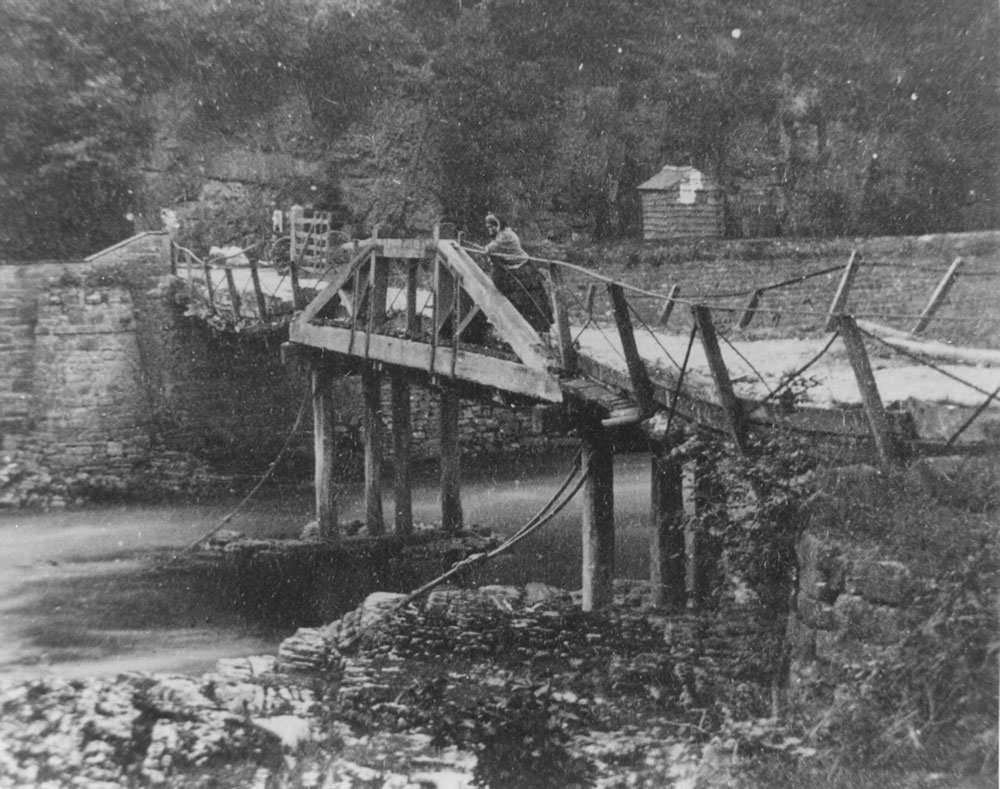
© Llangollen Museum
5. Chain Bridge Hotel
The Bridge Inn was built for Pickering’s workers. The 1841 census records William Davies as the publican while twenty years later John Roberts was living here with his family working as a coal agent as well as the inn keeper.
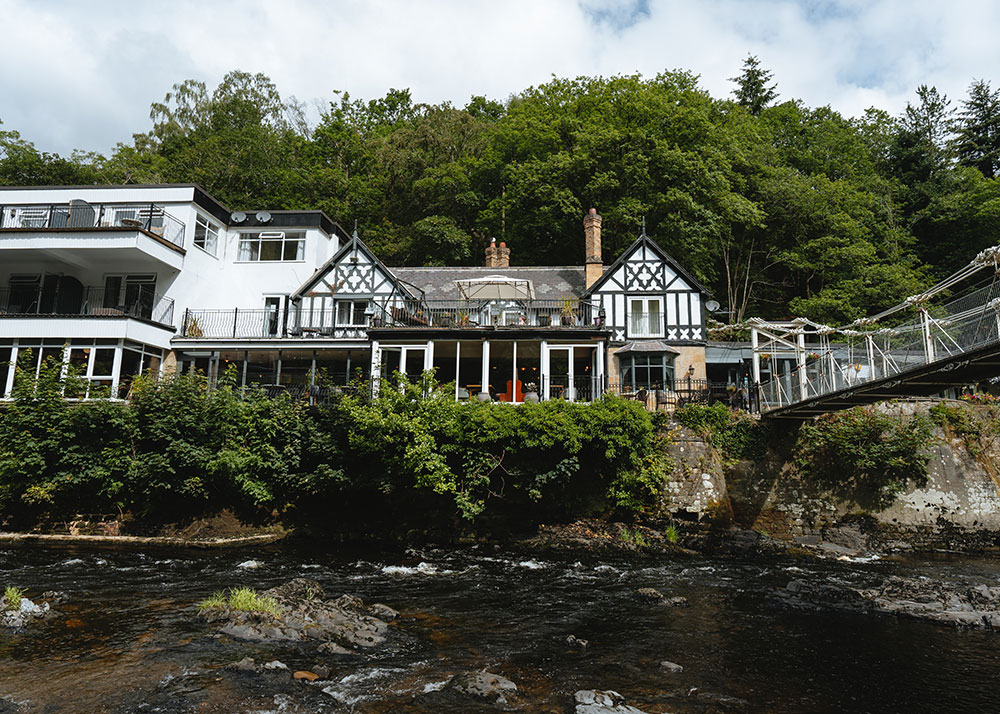
Chain Bridge Hotel
As the bridge became popular with tourists it was replaced with the more attractive Chain Bridge Hotel, built in the 1860s when Berwyn Railway Station was constructed in a similar mock-Tudor style. Ten years later, age 45, William Davies now had 6 children and was only working as an inn keeper, suggesting that the number of customers had increased.
The Chain Bridge Hotel continued to serve Victorian tourists and by 1900 had become a hotel. Visitors could now easily get here on the railway and take advantage of new leisure attractions such the horse drawn boat trips along the canal to and from the Chain Bridge.
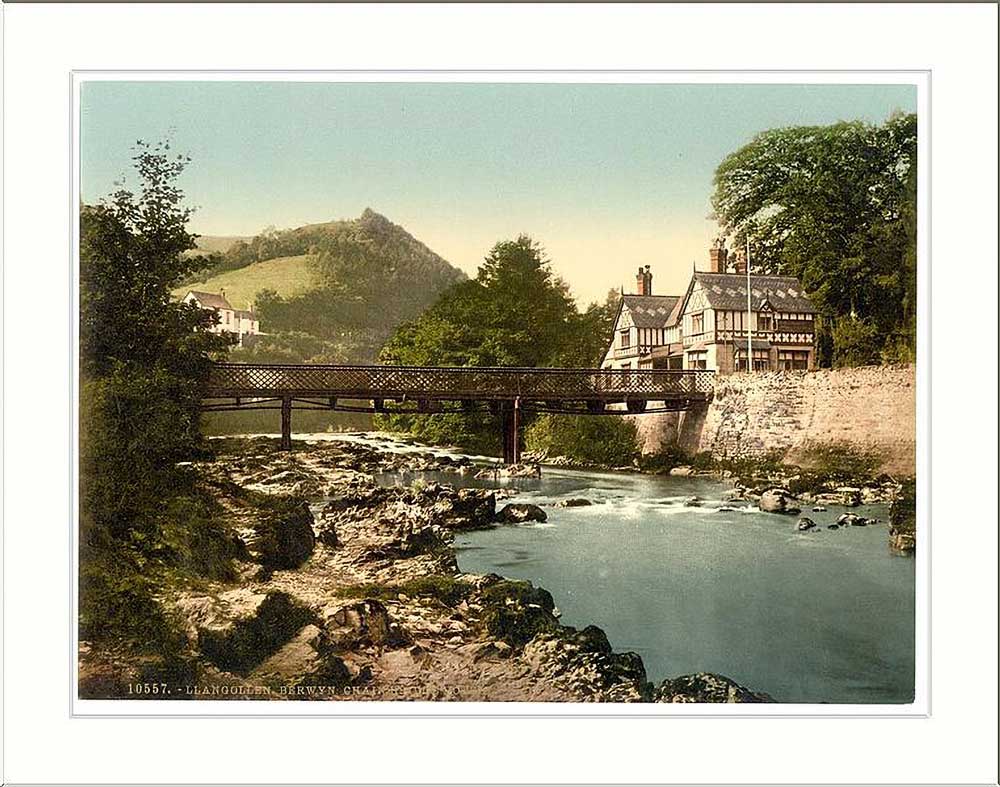
© Courtesy of Library of Congress
6. Berwyn Railway Station
Berwyn Railway Station sits high above the River Dee overlooking Chain Bridge and the hotel. Major Charles Tottenham agreed that the Llangollen to Corwen railway line could cross his land if Berwyn Station was built for his family’s use. Indeed Major Tottenham, High Sheriff of Denbighshire, was a major shareholder in the new railway and played a significant part in getting it built.
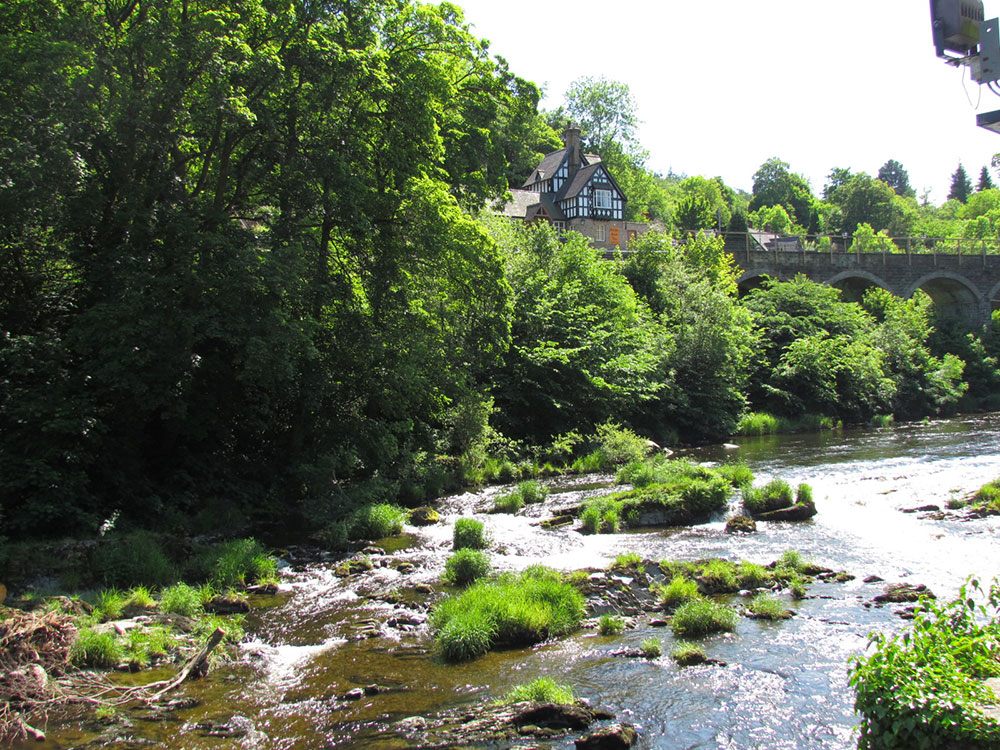
© Heather Williams
The station opened in 1865 and was the first stop west of Llangollen on the line constructed by Thomas Brassey under the direction of the railway engineer Henry Robertson.
Access to the station is over the bridge and through the Chain Bridge tunnel, built in the mid 1800s to provide access from the river up to the station. The operational part of the station building was on the ground floor with the stationmaster’s house mainly in the distinctive black and white upper storey.
The white glazed bricks in the tunnel contain some fascinating messages. Some were written by soldiers during World War 1 and are just legible as the soldiers had been issued with indelible pencils. One message by Lance Corporal R Roberts dated 25 December 1914 suggests he had been promoted and returned for Christmas leave. Another poignant message ‘I really want this baby’ is signed by Alfred James Candy who died in action in Flanders.
King’s Bridge five arched viaduct towering over Chain Bridge was built in between 1902 and 1906 to carry a road across the river and the canal. It was named to commemorate the coronation of King Edward VII. The design is quite complex as not only does it cross the river and canal, but also threads through the one of the arches of the railway viaduct.
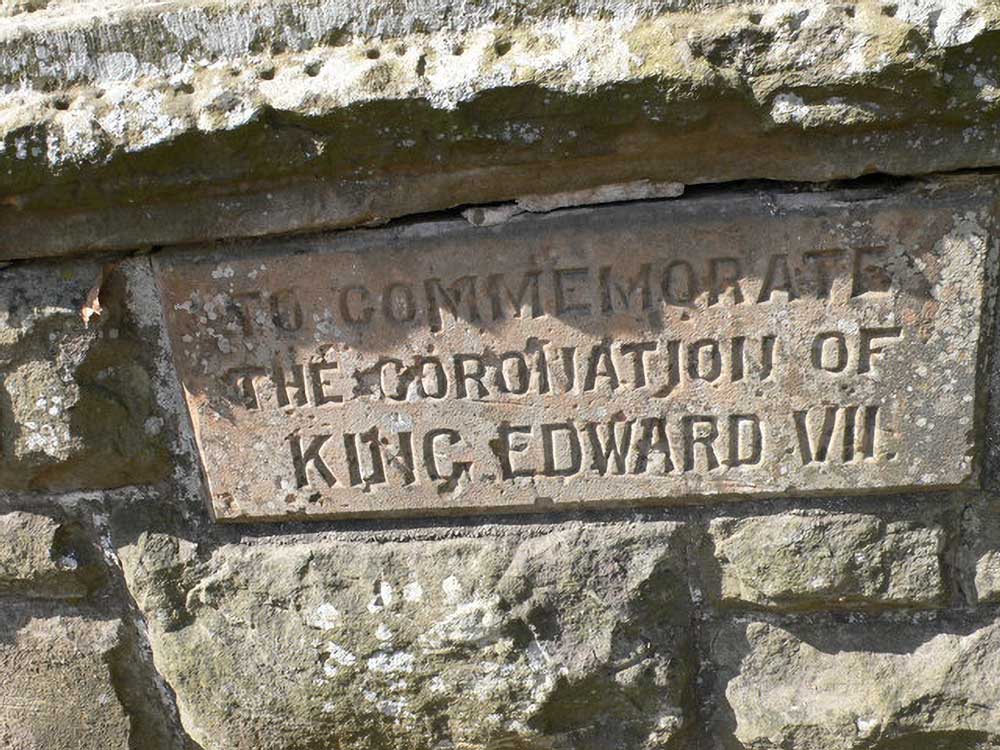
© Creative Commons Eirian Evans
7. Tŷ Craig (private)
The old OS map shows there was a limestone quarry in this area in the 1800s. A bank of limekilns were built in the early 1800s by the industrialist Exuperius Picking Senior between the canal and river which are now in the private garden of Tŷ Craig, built for the limekiln manager.
An early 1800s watercolour painting shows a view looking towards Pentrefelin and Llangollen, with smoke pouring out of the limekilns and horses struggling up with a wagon. The painting also shows a lift bridge over the canal which was replaced by a stone bridge. The stone bridge is smaller than the standard arched bridges as the canal narrows near here as it was not intended to allow boats up to Horseshoe Falls.
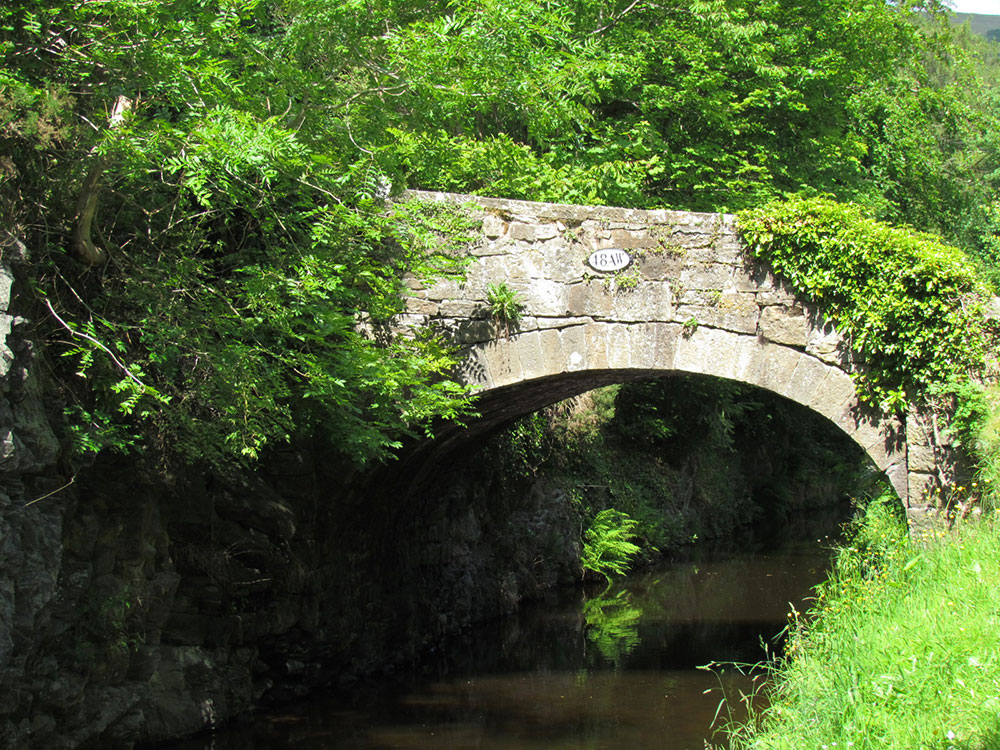
© Heather Williams
8. Eglwyseg Aqueduct
The high curved retaining walls of the Eglwyseg Aqueduct carry the canal over the River Eglwyseg.
The Aqueduct has one large arch over the river, and a second one for the watercourse carrying the water from Pentre Mill, the former corn mill for Valle Crucis Abbey. It is built using traditional materials of stonework and puddled clay to make a watertight lining in the canal.
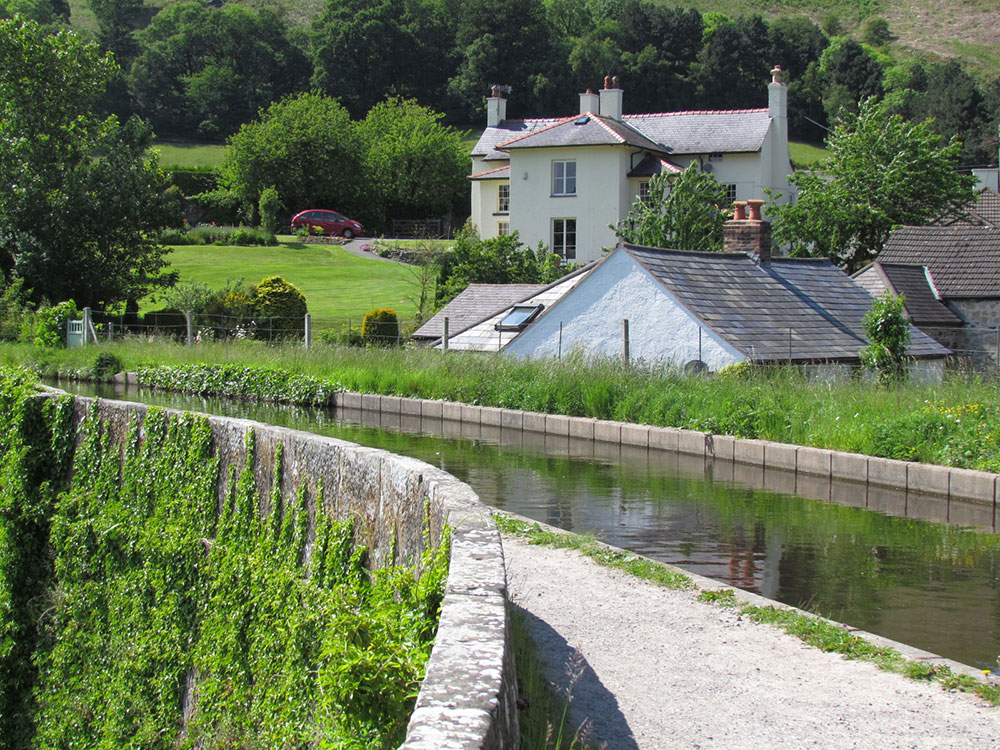
© Heather Williams
9. Oernant Tramway and Slate Quarries
Slate from the quarries at Moel y Faen, Oernant and Clogau, now known as Berwyn, was originally processed on site and transported by horse and cart down to the canal. Oernant tramway was designed by Cornish engineer Henry Dennis with a series of inclines. The tramway brought slate from all three quarries down the steep valley to Pentrefelin where it was loaded on to a boat.
Horses hauled the wagons along the flat sections of the tramway but on the steeper sections the wagons were roped up and moved down the inclines. Most of the track bed is still accessible today.
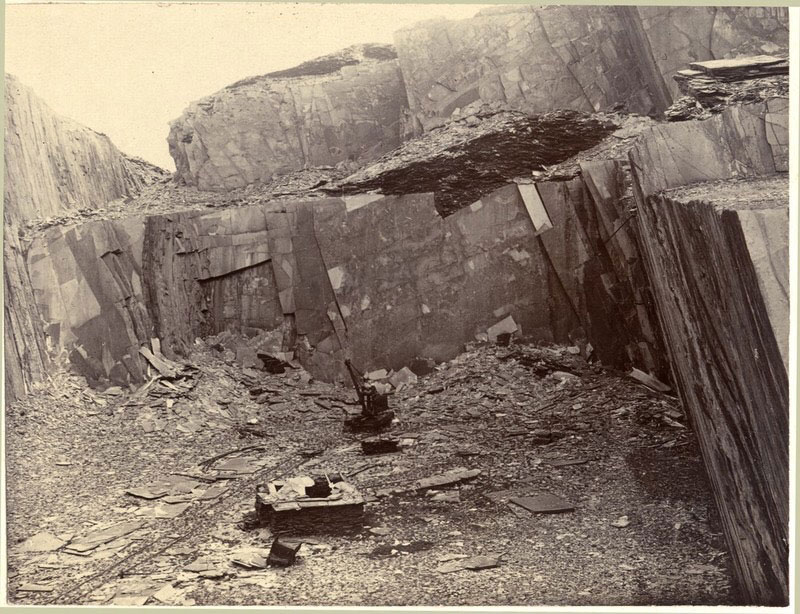
Berwyn Slate Works, late 1800s © Berwynslate.com
An impressive, well preserved section of this tramway can be seen as a 130m or 142yd long stone viaduct, that carried the tramway across the River Eglwyseg at Pentrefelin close to the canal.
Pentrefelin Bridge, a fine example of an original bridge remains as the access to the former works and nearby houses. The tramway operated until around 1900 when steam wagons and then lorries transported the slate by road.
Slate quarrying reached its peak in about 1871 but is now confined to one quarry, the small family owned Berwyn Quarry which carries out the whole process from extracting to finishing bespoke items such as slate worktops, hearths, window sills and flooring.
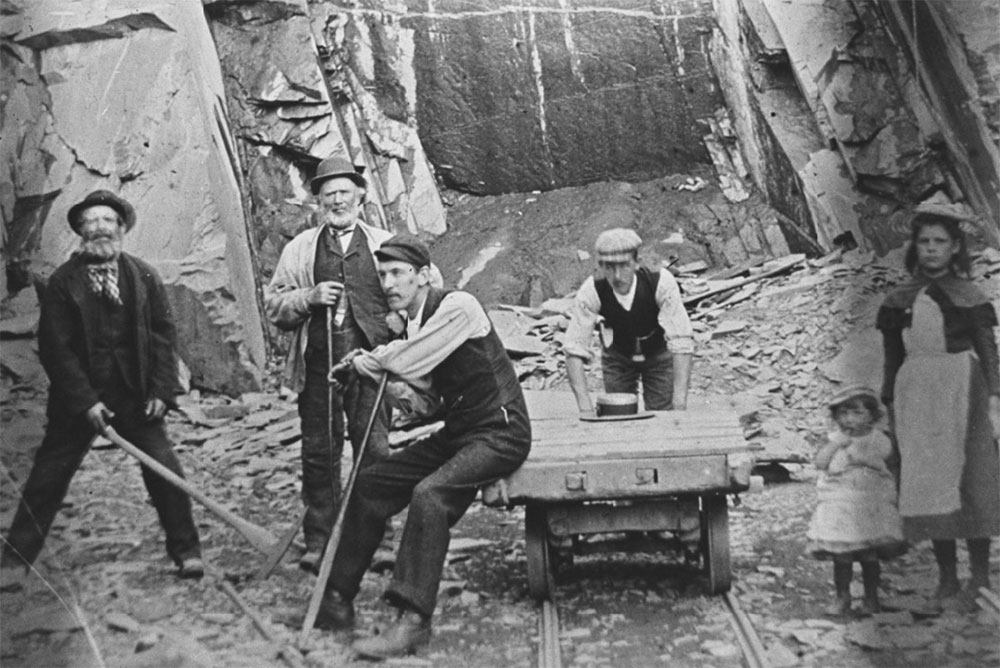
Quarry Workers, early 1900s © By permission of The National Library of Wales
10. Pentrefelin Slab and Slate Works
Pentrefelin Slab and Slate Works were built in the 1840s by the canal wharf on a narrow strip of land between the River Dee and the Llangollen Canal, to process the slate from the quarries near the Horseshoe Pass.
At one time the works had eight planers, three circular saws and a sand polisher.
The slate could not be split thinly for roofing slate but was transformed into flagstones, paving, tombstones and even billiard tables and operating tables.
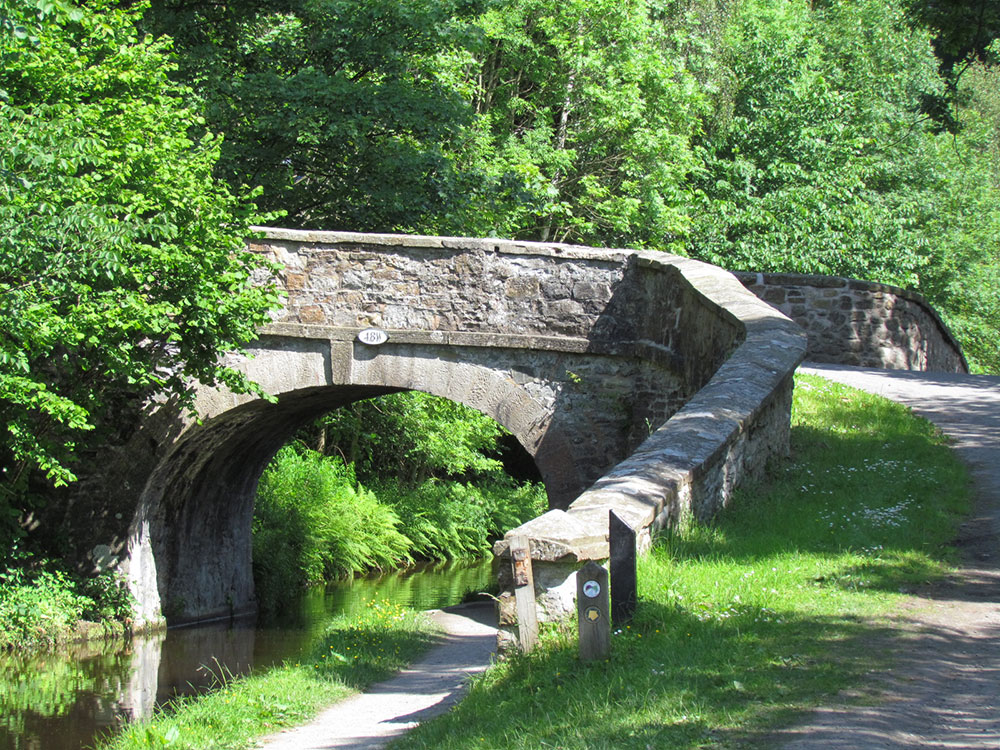
© Heather Williams
Life could be dangerous in the works. In 1877 John Williams, the assistant foreman at the works had fastened two slabs weighing about 5cwt or 254kg in total on to the chain of a travelling crane and gave the order to move them over to the waiting boat. One side of the beam broke and his leg was crushed when the slabs fell. He died of his injuries a week later.
John Paull, the manager of the Slate Works, lived in Pentrefelin House from 1855. He was a keen member of the Methodist church and English services were held here until 1863 when a church was built.
The Slate Works continued until the early 1900s and then operated as a rubber works until the mid 1900s. It was a fountain pen factory and then a silica works for china stone until 1986 when it became home to Llangollen Motor Museum with a range of 60 vehicles from the star car ‘Humphrey’ a 1962 Triumph TR winner, to an Austin J40 pedal car.
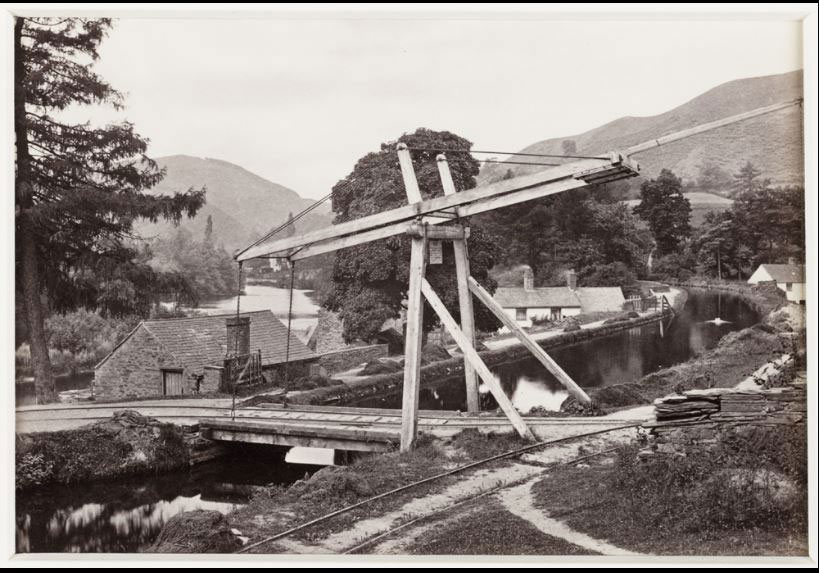
© Llangollen Museum
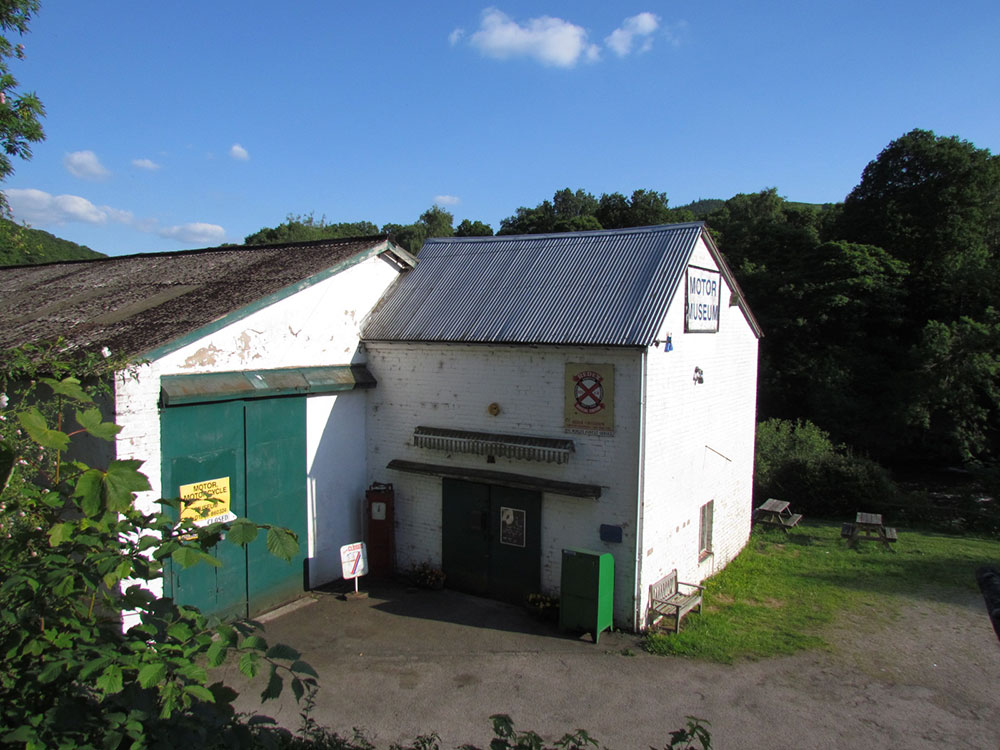
© Heather Williams
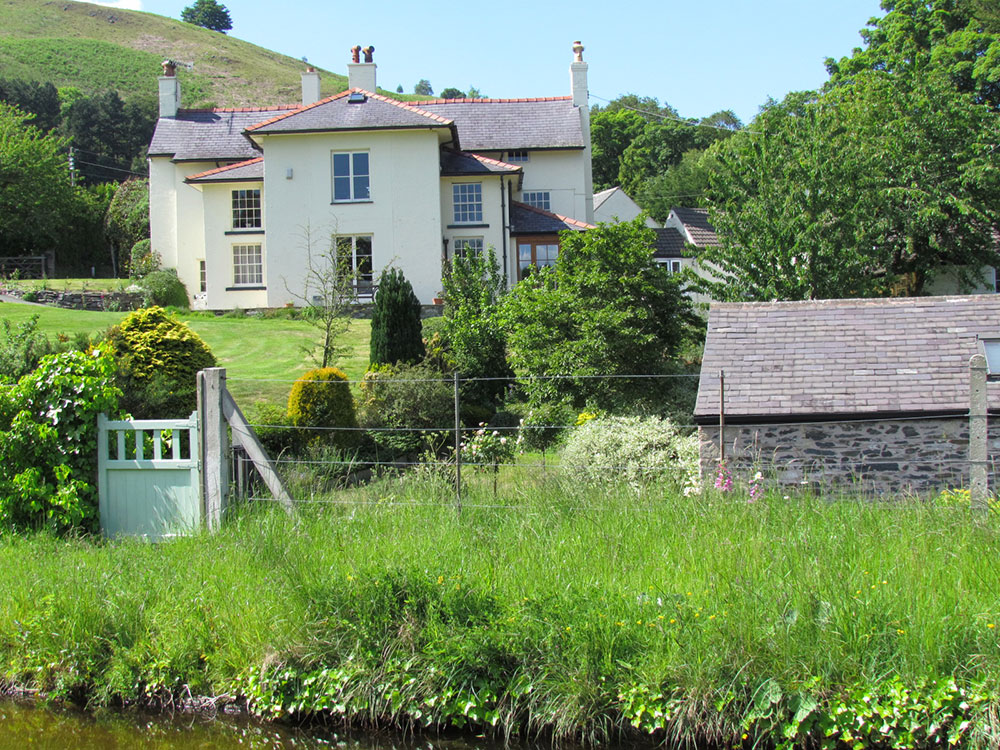
© Heather Williams
